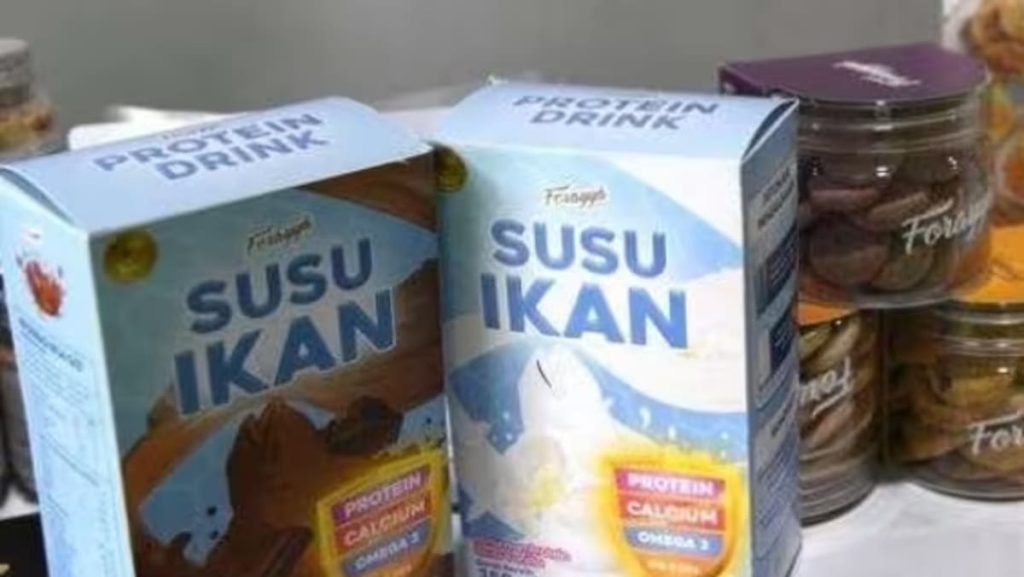The debate over the health benefits of “fish milk” in Indonesia continues to spark controversy. Agricultural expert Puji Lestari claims that “fish milk” offers advantages over cow’s milk, particularly for individuals with lactose intolerance. She highlights that “fish milk” is easy on the digestive system and contains essential and nonessential amino acids, as well as omega-3 fatty acids if made from fatty fish. Puji suggests that the product has the potential to be a protein-rich alternative to cow’s milk, especially due to local milk production shortages.
On the other hand, nutrition expert Hardinsyah raises concerns about the terminology used to describe “fish milk,” suggesting that terms like “fish extract” or “analogue fish milk” may be more appropriate. He cautions that while “fish milk” may contain similar macronutrients to cow’s milk, its micronutrient content could differ. Clinical nutrition specialist Nurul Ratna Mutu Manikam underscores that while milk can complement nutritional intake, a balanced diet from whole foods such as chicken, beef, and eggs is more practical and effective in meeting dietary needs, particularly for children.
Additionally, the sustainability of fish extract production is questioned by Hardinsyah due to the potential impact on fish market prices and consumer purchasing power. Concerns are raised about the sheer volume of fish required to produce “fish milk” and whether this could lead to increased fish prices that would in turn reduce fish consumption in the population. Nurul also emphasizes that consuming fish directly rather than in processed forms such as milk may be a more practical and beneficial approach to nutrition.
The debate over “fish milk” comes in the context of a larger controversy surrounding a free meals program in Indonesia. The introduction of “fish milk” as a cow’s milk alternative has drawn criticism from some, who view it as a forced attempt to salvage the program. Calls for transparency in acknowledging potential planning mistakes and concerns over the direction of the free meals program are raised. Politician Sufmi Dasco Ahmad clarifies that the idea of replacing cow’s milk with “fish milk” stemmed from community feedback and trial initiatives, indicating that the policy is still under evaluation.
In conclusion, the discussion surrounding the health benefits and viability of “fish milk” as a substitute for cow’s milk in Indonesia remains complex. While proponents highlight potential advantages such as being lactose-free and containing essential nutrients, critics caution about the need for clearer terminology, considerations of nutritional content, and sustainability issues related to fish production. As the debate continues, it remains to be seen how “fish milk” will be perceived and whether it will gain broader acceptance in the Indonesian market as an alternative source of protein and nutrition.


